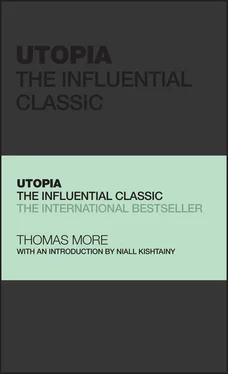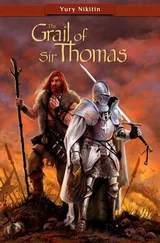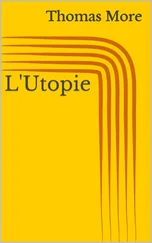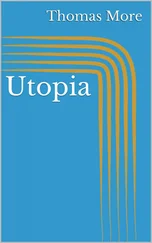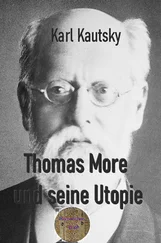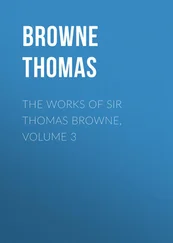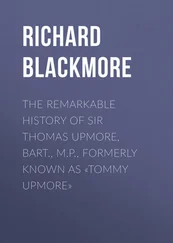Twentieth‐century historians led by Geoffrey Elton and Richard Marius revised these portrayals of a righteous More to reveal a complex, imperfect figure. One line of attack has been on More's involvement in the detection and punishment of Lutheran heretics when in Henry VIII's service. More's admirers have downplayed his role in these campaigns, but revisionist historians have seized on it as evidence of More being a religious fanatic – drawing a contrast with the earlier humanist More who wrote Utopia . One highly critical account by Jasper Ridley claims that if More had lived in the twentieth century he would have been the kind of zealot who in the service of an ideology justifies the death of millions.
Revisionist historians have also returned to the question of why More put aside his apparent aspirations to become a monk for family and official life. Some have argued that he chose to marry out of sheer sexual frustration, and that his decision tormented him for the rest of his life. He would only achieve a resolution of sorts at the end of his days when imprisoned in his cell, living like a monk, praying and writing spiritual tracts. More, who wore a hair shirt under his clothes and whipped himself before the altar, under this less favourable view was a brooding, conflicted man, much less attractive than the earlier picture of him. A version of this darker image appears in the acclaimed 2009 novel Wolf Hall by Hilary Mantel, which caused controversy for its less than flattering depiction of More.
These critical views have been a useful corrective to More hagiography, and help to explore the tensions at the heart of More's life and work. Both approaches often go too far though. Balanced assessments try to avoid seeing More as saint or villain and concede that much of the internal motivation for his actions cannot be known.
Despite the scholarly controversies, the popular heroic image of More is still very much alive, most famously in the play by Robert Bolt, A Man For All Seasons , which premiered in London in 1960 and was later made into two films. Here More becomes a sort of liberal exemplar, bravely standing up for his conscience in the face of tyranny. Speaking of the religious belief that has brought him into conflict with the king, Bolt's More says: ‘What matters to me is not whether it's true or not, but that I believe it to be true, or rather not that I believe it, but that I believe it.’ This is not the utterance of a devout Catholic of the early sixteenth century. In the modern secular world it is how we understand More and how we make him into an icon for our own times.
With Utopia , More began a lineage of utopian thinkers who have used storytelling and social analysis to explore new possibilities for society. Many later utopians wrote social blueprints and plans rather than fantastical tales, but they often cited More's Utopia as inspiration. In the late nineteenth century, utopians returned to storytelling. With the New World by then mapped out, it became a less compelling setting for tales of undiscovered perfect societies, so utopian stories often moved readers through time rather than space.
For example, in 1888 the American author Edward Bellamy published Looking Backward , which depicted a future America transformed into a technologically advanced socialist utopia. In 1890, the British writer and artist William Morris hailed More's Utopia as ‘a living work of art’ and published his own, News from Nowhere , which showed a future London transformed into a quasi‐medieval communal idyll.
It is often supposed that after the utopian optimism of the nineteenth century we now live in anti‐utopian times. With the horrors of the twentieth century fresh in our historical imaginations, grand utopian visions are often dismissed as at best naive, at worst a first step towards totalitarianism. True believers seek to obliterate all that stands in their way.
With the collapse of communism in the late twentieth century, it became common to believe that there is no alternative to capitalism, that market forces and money are the only viable way of running societies. Utopias like More's, based on a communal way of life, seemed ever less feasible.
Yet it is human nature to yearn for a better life, and the utopian impulse is never very far below the surface. From the Occupy protests following the 2008 financial crisis, through to Extinction Rebellion climate activists, and even the spread of ‘mutual aid’ organizations during the pandemic, which mobilized communities to assist the most vulnerable, people still seek to create new forms of society. Proposals for a universal basic income, once considered naive utopian fancy, are now taken seriously in policy circles.
Many of these movements oppose ‘neoliberal’ capitalism, which is based on a belief in market forces, financial capital, and the human as self‐interested individual. Inflated property prices, which benefit owners but exclude many from their own cities, are today's version of More's people‐eating sheep: profit and the market come before human values and the community. Critics on the Left argue that rising inequality and the enrichment of the ‘one percent’ mean that social mobility is stalling. These modern complaints echo Utopia's Raphael and his invective against societies with private property as being ‘conspiracies of the rich’.
In 2016, a major exhibition in London celebrated the five‐hundredth anniversary of the publication of Utopia . A specially designed utopian flag – a smiley face on a bright yellow background – was raised above Somerset House, not far from the legal quarter where More began his career. A utopian fanfare was performed by the National Youth Orchestra. The artist Stephen Walter exhibited Nova Utopia , a new map of a fantastical island that contained utopian and dystopian motifs, and explored the encroachment of the private on the public sphere in contemporary society. The festival included workshops that invited participants to think about what the perfect society meant to them.
For conservatives, More's Utopia continues to be a symbol of anti‐freedom and collectivism that has inspired centuries of wrong thinking. Defenders say that far from offering a rigid social blueprint, Utopia is an invitation to dream. Today we would be unlikely to accept a utopia that did not allow for diversity and dissent.
In its exploration of an alternative present through the voices of a rich cast of characters, More asks us to imagine new possibilities in a world of varied humans who may not always agree. In today's dizzyingly complex societies, riven by distrust and under increasing stress, this is the ambitious but clear‐sighted principle for healing and renewal that More's Utopia offers us.
A Note on the Translation
With its author one of the most famous figures in English history, it may come as a surprise to new readers of Utopia that the work was written in Latin. The first English translation was not made until after More's death.
Research on Thomas More remains lively and there have been multiple translations of Utopia , continuing into the twenty‐first century.
In this Capstone edition we use an early translation, that of Gilbert Burnet of 1684. The Burnet text is the original, but we have revised the paragraph layout slightly to increase readability.
Burnet was instrumental in overhauling More's reputation for Anglican Britain, claiming that because More wanted church reform and was highly critical of England's clerics – themes that appear in Utopia – he was in fact a forerunner of England's Protestants. Burnet emphasized the religious aspects of Utopia at the expense of those social ones that more recent scholars have placed at the centre of their interpretations. He hailed More as a man full of ‘justice, contempt for money, humility, and a true generosity of mind’.
Читать дальше
